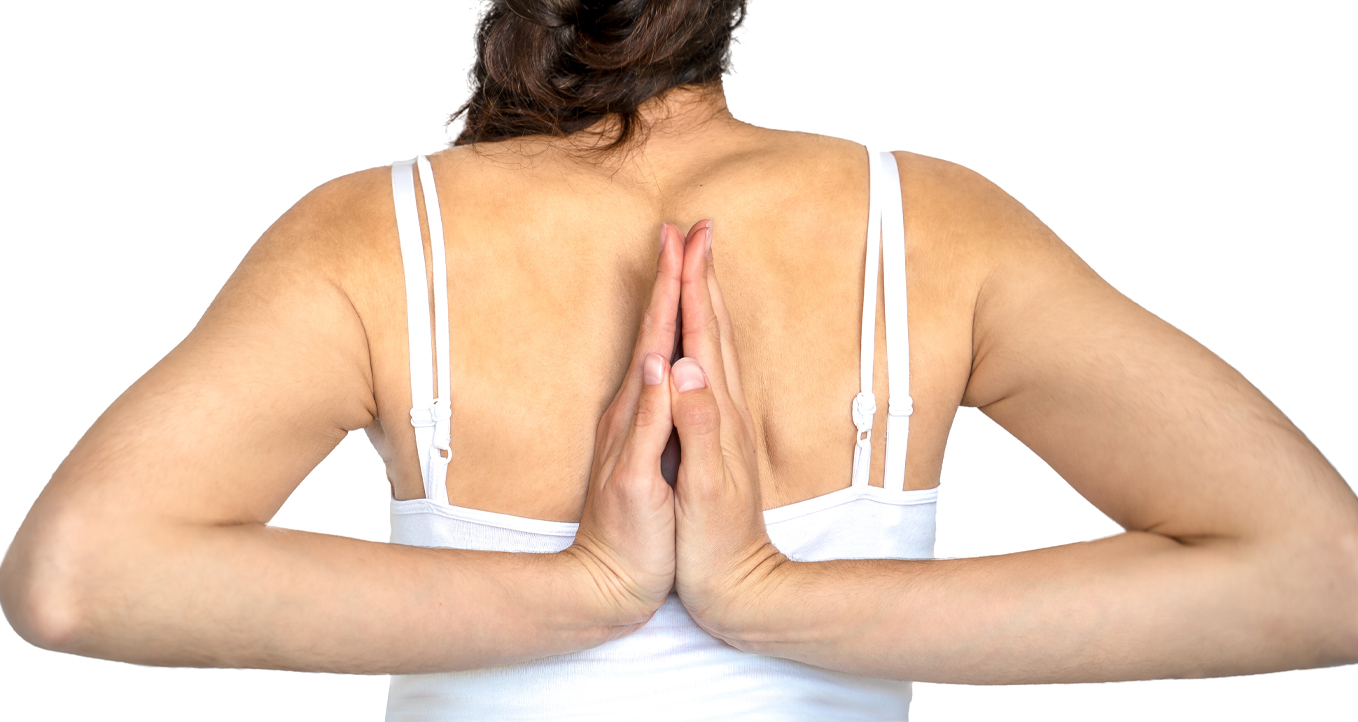Ehlers-Danlos Syndrome (EDS) is an umbrella term for a group of conditions affecting the connective tissues of the body. The condition occurs when the body is unable to properly make the collagen that helps to form these tissues. Though EDS is usually inherited, it can on rare occasions occur spontaneously.

There are several types of EDS, including:
- Hypermobile EDS. This is the most commonly occurring form, with around one in every 10,000 people affected. It is characterised by hypermobility of the joints, meaning that they bend farther than they should do and making them more likely to sublux or dislocate. This condition can also cause severe fatigue along with digestive problems.
- Classical EDS occurs at a rate of around 1 in every 20,000 to 40,000 people. People with this type of EDS have especially smooth, stretchy and fragile skin which bruises easily and abnormal wound healing that can result in scars, especially on the elbows and knees. They generally suffer from hypermobility too, and are also more prone to conditions such as flat feet. Other symptoms can include hypotonia (low muscle tone) and delayed motor development. The symptoms range from mild to severe: in some cases, the symptoms may be so mild that they are hardly even noticed by the individual.
- Vascular EDS is considered to be the most serious type but is thankfully much rarer, with around 1 in 250,000 people being born with the condition. Vascular EDS affects the internal organs and blood vessels, making them extremely fragile and prone to bulging and tearing. This can result in serious, sometimes life-threatening, internal bleeding.
- Kyphoscoliotic EDS. Extremely rare, this form of the condition is thought to affect only 60 people around the world. Babies with kyphoscoliotic EDS are born with weak bones and muscles and often have unusually long fingers and limbs. Their spines exhibit excess curvature which worsens over time.
There is currently no known cure for EDS and so treatment is supportive, focusing on alleviating symptoms. Physiotherapists often recommend light exercise, which helps to strengthen weak joints and advice on pacing strategies and injury avoidance. Occupational therapists can help look at daily activities and equipment that may help. A better ability to cope with long term pain can be gained from counselling and cognitive behavioural therapy.
Dynamic compression has been shown to help improve the quality of life of people with EDS, particularly the common symptoms of hypermobility. Jobskin® has designed and developed a range of garments that deliver such therapeutic compression: our specialist Sensory Dynamic Orthosis (SDO®) collection. SDO® provides important sensory and proprioceptive feedback, which in turn can provide stability to help with reducing subluxations and dislocations, and therefore pain too. Find out more details about the range on our website and please do not hesitate to contact our expert clinical team for further advice and support.
EDS Support groups:
UK – Ehlers-Danlos Support UK – Ehlers-Danlos Support UK (EDS UK) are the largest UK charity that exclusively represents and supports people with all types of EDS.
US – The Ehlers-Danlos Society – The Ehlers-Danlos Society is a global community of individuals, caregivers, healthcare professionals, and supporters, dedicated to saving and improving the lives of those affected by the Ehlers-Danlos syndromes (EDS), hypermobility spectrum disorders (HSD), and related conditions.